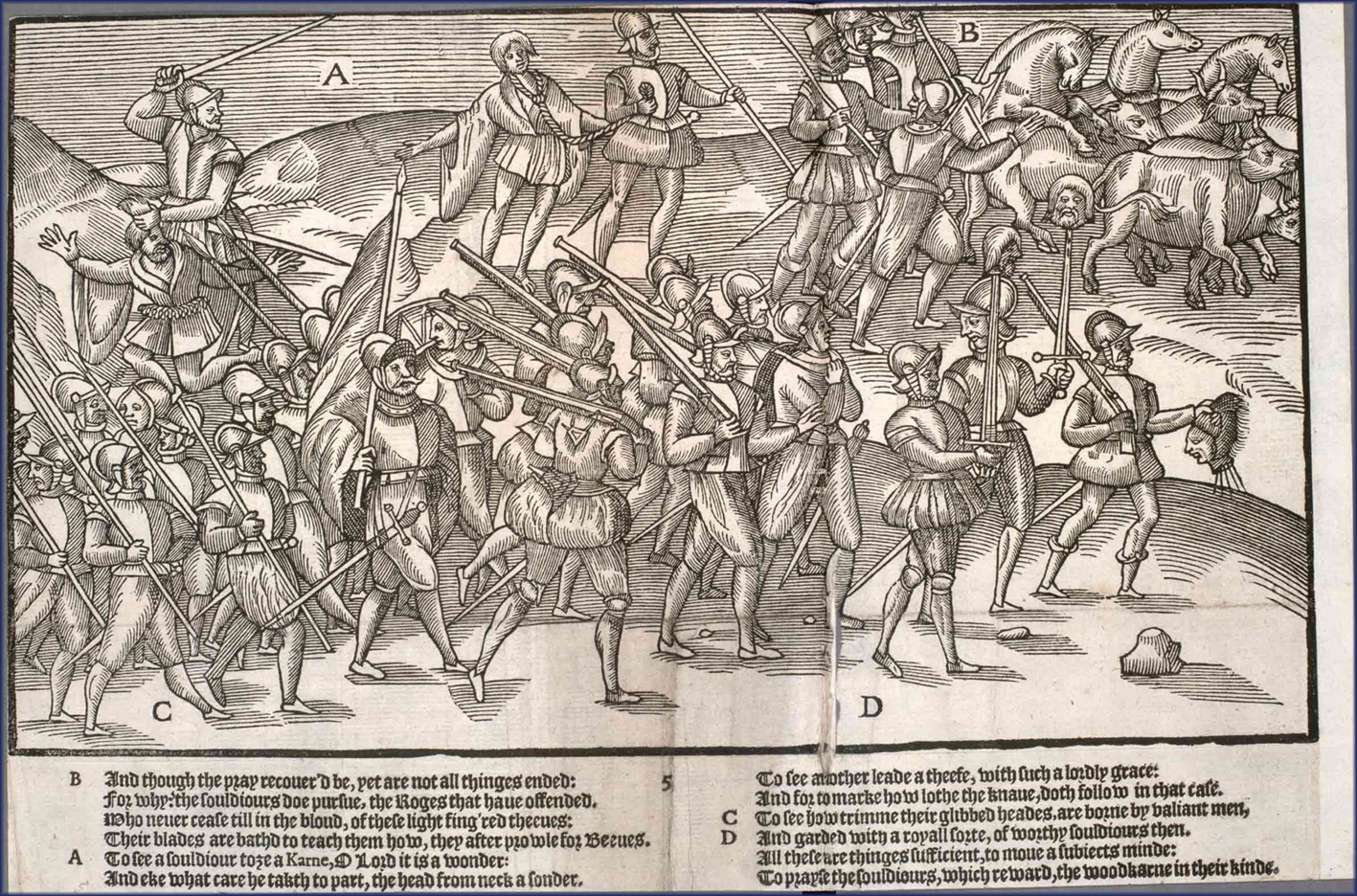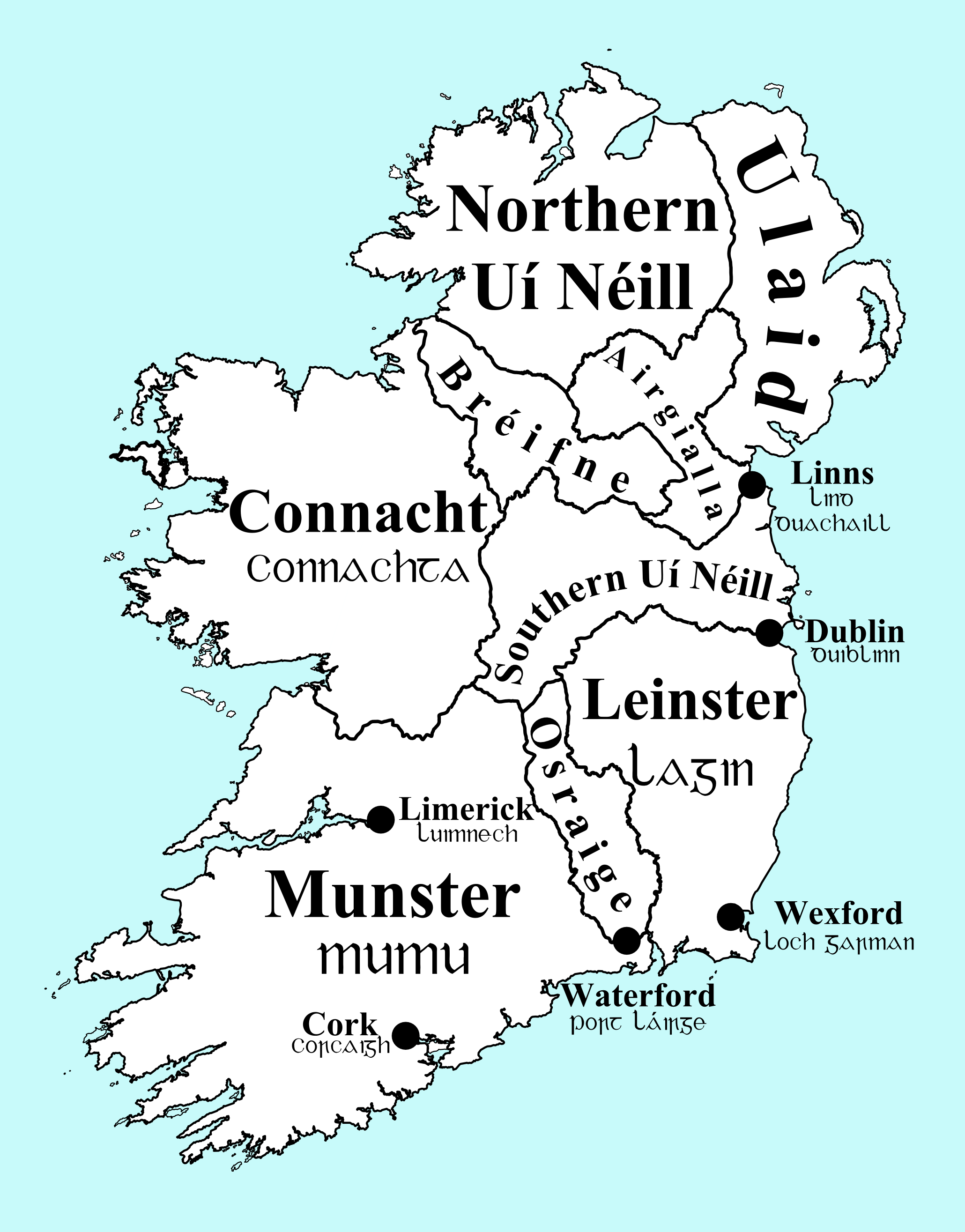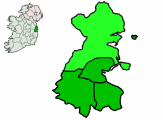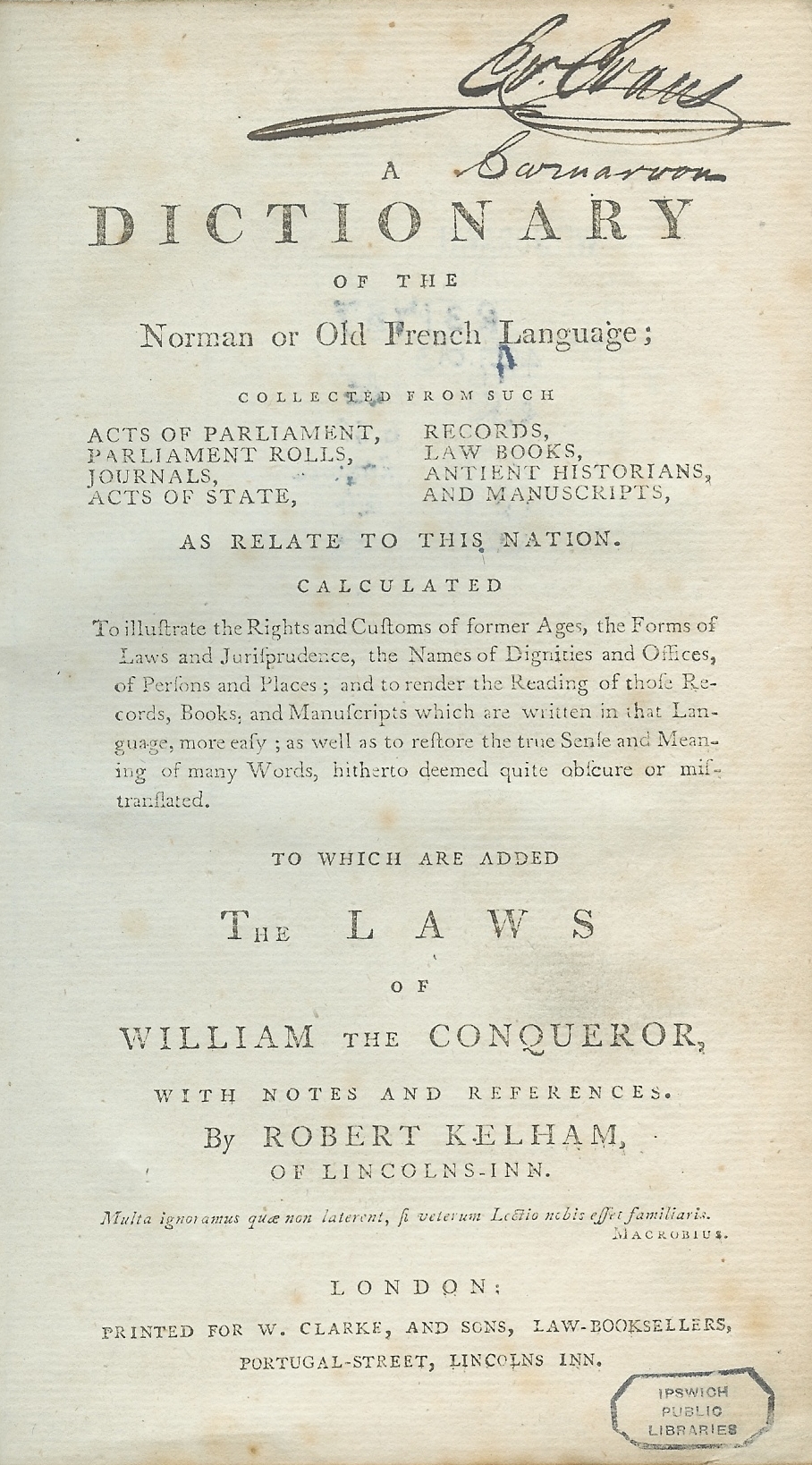|
Kingdom Of Ireland
The Kingdom of Ireland (; , ) was a dependent territory of Kingdom of England, England and then of Kingdom of Great Britain, Great Britain from 1542 to the end of 1800. It was ruled by the monarchs of England and then List of British monarchs, of Great Britain, and was Dublin Castle administration, administered from Dublin Castle by a viceroy appointed by the English king: the lord deputy of Ireland. Aside from brief periods, the state was dominated by the Protestant English (or Anglo-Irish people, Anglo-Irish) minority, known as the Protestant Ascendancy. The Protestant Church of Ireland was the state church. The Parliament of Ireland was composed of Anglo-Irish nobles. From 1661, the administration controlled an Irish Army (1661–1801), Irish army. Although ''de jure'' styled as a kingdom, for most of its history it was ''de facto'' an English Dependent territory, dependency (specifically a viceroyalty). This status was enshrined in the Declaratory Act 1719, also known as th ... [...More Info...] [...Related Items...] OR: [Wikipedia] [Google] [Baidu] |
List Of Irish Kingdoms
This article lists some of the attested Gaelic Ireland, Gaelic kingdoms of early medieval Ireland prior to the Norman invasion of Ireland, Norman invasion of 1169-72. For much of this period, the island was divided into numerous Irish clans, clan territories and kingdoms (known as ''túatha''). These túatha often competed for control of resources and thus they continually grew and shrank (in both size and number). In addition to kingdoms or túatha, Gaelic Ireland was also divided into Provinces of Ireland, five prime overkingdoms (Old Irish ''cóiceda'', Modern Irish ''cúige''). These were Ulster, Ulaid (in the north), Connacht (in the west), Leinster, Laighin (in the southeast), Munster, Mumhan (in the south) and Kingdom of Mide, Mide (in the centre). After the Norman invasion, much of the island came under the control of the Lordship of Ireland, although some parts remained under the control of Gaelic dynasties. After 1350, Norman control began to weaken, and a "History o ... [...More Info...] [...Related Items...] OR: [Wikipedia] [Google] [Baidu] |
Dublin
Dublin is the capital and largest city of Republic of Ireland, Ireland. Situated on Dublin Bay at the mouth of the River Liffey, it is in the Provinces of Ireland, province of Leinster, and is bordered on the south by the Dublin Mountains, part of the Wicklow Mountains range. Dublin is the largest city by population on the island of Ireland; at the 2022 census of Ireland, 2022 census, the city council area had a population of 592,713, while the city including suburbs had a population of 1,263,219, County Dublin had a population of 1,501,500. Various definitions of a metropolitan Greater Dublin Area exist. A settlement was established in the area by the Gaels during or before the 7th century, followed by the Vikings. As the Kingdom of Dublin grew, it became Ireland's principal settlement by the 12th century Anglo-Norman invasion of Ireland. The city expanded rapidly from the 17th century and was briefly the second largest in the British Empire and sixth largest in Western Europ ... [...More Info...] [...Related Items...] OR: [Wikipedia] [Google] [Baidu] |
Presbyterianism
Presbyterianism is a historically Reformed Protestant tradition named for its form of church government by representative assemblies of elders, known as "presbyters". Though other Reformed churches are structurally similar, the word ''Presbyterian'' is applied to churches that trace their roots to the Church of Scotland or to English Dissenter groups that were formed during the English Civil War, 1642 to 1651. Presbyterian theology typically emphasises the sovereignty of God, the authority of the Scriptures, and the necessity of grace through faith in Christ. Scotland ensured Presbyterian church government in the 1707 Acts of Union, which created the Kingdom of Great Britain. In fact, most Presbyterians in England have a Scottish connection. The Presbyterian denomination was also taken to North America, Australia, and New Zealand, mostly by Scots and Scots-Irish immigrants. Scotland's Presbyterian denominations hold to the Reformed theology of John Calvin and his i ... [...More Info...] [...Related Items...] OR: [Wikipedia] [Google] [Baidu] |
Catholic Church
The Catholic Church (), also known as the Roman Catholic Church, is the List of Christian denominations by number of members, largest Christian church, with 1.27 to 1.41 billion baptized Catholics Catholic Church by country, worldwide as of 2025. It is among the world's oldest and largest international institutions and has played a prominent role in the history and development of Western civilization.Gerald O'Collins, O'Collins, p. v (preface). The church consists of 24 Catholic particular churches and liturgical rites#Churches, ''sui iuris'' (autonomous) churches, including the Latin Church and 23 Eastern Catholic Churches, which comprise almost 3,500 dioceses and Eparchy, eparchies List of Catholic dioceses (structured view), around the world, each overseen by one or more Bishops in the Catholic Church, bishops. The pope, who is the bishop of Rome, is the Papal supremacy, chief pastor of the church. The core beliefs of Catholicism are found in the Nicene Creed. The ... [...More Info...] [...Related Items...] OR: [Wikipedia] [Google] [Baidu] |
Church Of Ireland
The Church of Ireland (, ; , ) is a Christian church in Ireland, and an autonomy, autonomous province of the Anglican Communion. It is organised on an all-Ireland basis and is the Christianity in Ireland, second-largest Christian church on the island after the Catholic Church in Ireland, Roman Catholic Church. Like other Anglican churches, it has retained elements of pre-Reformation practice, notably its episcopal polity, while rejecting the papal primacy, primacy of the pope. In theological and liturgical matters, it incorporates many principles of the Reformation, particularly those of the English Reformation, but self-identifies as being both Protestantism, Reformed and Catholicity, Catholic, in that it sees itself as the inheritor of a continuous tradition going back to the founding of Celtic Christianity, Christianity in Ireland. As with other members of the global Anglican communion, individual parishes accommodate differing approaches to the level of ritual and formality ... [...More Info...] [...Related Items...] OR: [Wikipedia] [Google] [Baidu] |
Yola Language
Yola, more commonly and historically the Forth and Bargy dialect, is an extinct dialect of the Middle English language once spoken in the baronies of Forth and Bargy in County Wexford, Ireland. As such, it was probably similar to the Fingallian dialect of the Fingal area. Both became functionally extinct in the 19th century when they were replaced by modern Hiberno-English. The word means in the dialect. In modern times, there have been efforts to revive the dialect. History Origins The dialect was spoken in County Wexford, particularly in the baronies of Forth and Bargy. This was the first area English speakers came to in the Norman invasion of Ireland, supporting the theory that it evolved from the Middle English introduced in that period. As such it is thought to have been similar to Fingallian, which was spoken in the Fingal region north of Dublin. Middle English, the mother tongue of the "Old English" community, was widespread throughout southeastern Ireland ... [...More Info...] [...Related Items...] OR: [Wikipedia] [Google] [Baidu] |
Fingallian
Fingallian or the Fingal dialect is an extinct dialect of Middle English formerly spoken in Fingal, Ireland. It is thought to have been an offshoot of Middle English, which was brought to Ireland during the Norman invasion, Although little is known of Fingallian, it is thought to have been similar to the Yola dialect of County Wexford. The surviving literature of Fingallian consists of two satirical or humorous poems, the short "Fingallian Dance" and the much longer ''Purgatorium Hibernicum''. Both poems are anonymous and are thought to be humorous parodies of Fingallian. History Origins Fingallian was spoken in the region of Fingal, traditionally the part of County Dublin north of the River Tolka. It was spoken in the area near the northern border. The name "Fingal" is from the Irish ''Fine Gall'', or "territory of foreigners", probably a reference to a Norse settlement in the area. The linguist Alf Sommerfelt proposed Old Norse influence on the Fingallian dialect, ... [...More Info...] [...Related Items...] OR: [Wikipedia] [Google] [Baidu] |
Ulster Scots Dialect
Ulster Scots or Ulster-Scots (), also known as Ulster Scotch and Ullans, is the dialect (whose proponents assert is a dialect of Scots language, Scots) spoken in parts of Ulster, being almost exclusively spoken in parts of Northern Ireland and County Donegal.Gregg, R. J. (1972) "The Scotch-Irish Dialect Boundaries in Ulster" in Wakelin, M. F., ''Patterns in the Folk Speech of the British Isles'', London: Athlone PressMacafee, C. (2001) "Lowland Sources of Ulster Scots" in J. M. Kirk & D. P. Ó Baoill, ''Languages Links: the Languages of Scotland and Ireland'', Belfast: Cló Ollscoil na Banríona, p. 121 It is normally considered a dialect or group of dialects of Scots, although groups such as the Ulster-Scots Language Society and Ulster-Scots Academy consider it a language in its own right, and the Ulster-Scots Agency and former Department of Culture, Arts and Leisure (Northern Ireland), Department of Culture, Arts and Leisure have used the term Ulster-Scots language. Some d ... [...More Info...] [...Related Items...] OR: [Wikipedia] [Google] [Baidu] |
Early Modern Irish
Early Modern Irish () represented a transition between Middle Irish and Modern Irish. Its literary form, Classical Gaelic, was used in Ireland and Scotland from the 13th to the 18th century. Classical Gaelic Classical Gaelic or Classical Irish () was a shared literary form of Gaelic that was in use by poets in Scotland and Ireland from the 13th century to the 18th century. Although the first written signs of Scottish Gaelic having diverged from Irish appear as far back as the 12th century annotations of the Book of Deer, Scottish Gaelic did not have a separate standardised form and did not appear in print on a significant scale until the 1767 translation of the New Testament into Scottish Gaelic;Thomson (ed.), ''The Companion to Gaelic Scotland'' however, in the 16th century, John Carswell's ', an adaptation of John Knox's ''Book of Common Order'', was the first book printed in either Scottish or Irish Gaelic. Before that time, the vernacular dialects of Ireland and Scotland ... [...More Info...] [...Related Items...] OR: [Wikipedia] [Google] [Baidu] |
Irish Language
Irish (Standard Irish: ), also known as Irish Gaelic or simply Gaelic ( ), is a Celtic language of the Indo-European language family. It is a member of the Goidelic languages of the Insular Celtic sub branch of the family and is indigenous language, indigenous to the island of Ireland. It was the majority of the population's first language until the 19th century, when English (language), English gradually became dominant, particularly in the last decades of the century, in what is sometimes characterised as a result of linguistic imperialism. Today, Irish is still commonly spoken as a first language in Ireland's Gaeltacht regions, in which 2% of Ireland's population lived in 2022. The total number of people (aged 3 and over) in Ireland who declared they could speak Irish in April 2022 was 1,873,997, representing 40% of respondents, but of these, 472,887 said they never spoke it and a further 551,993 said they only spoke it within the education system. Linguistic analyses o ... [...More Info...] [...Related Items...] OR: [Wikipedia] [Google] [Baidu] |
Administration Of Justice (Language) Act (Ireland) 1737
The Administration of Justice (Language) Act (Ireland) 1737 (11 Geo. 2. c. 6 (I)) was passed by the Parliament of Ireland in 1737. The statute was primarily directed at the perceived problem caused by the widespread use of Law French and Latin in courts but has had the effect of excluding autochthonous languages, given that it excludes the use of "''any other tongue or language whatsoever''". The act was controversial among Irish language advocates, because in Northern Ireland, a court proceeding could not be carried out in the Irish language. The act forbade the use of any language but English in court proceedings and all courts in the jurisdiction followed it. The equivalents of this act passed for England in 1731 and for Wales in 1733 were repealed for both countries in 1863 and in the Republic of Ireland in 1962. Northern Ireland was thus the only jurisdiction in the United Kingdom The United Kingdom of Great Britain and Northern Ireland, commonly known as the Unite ... [...More Info...] [...Related Items...] OR: [Wikipedia] [Google] [Baidu] |
Law French
Law French () is an archaic language originally based on Anglo-Norman, but increasingly influenced by Parisian French and, later, English. It was used in the law courts of England from the 13th century. Its use continued for several centuries in the courts of England and Wales and Ireland. Although Law French as a narrative legal language is obsolete, many individual Law French terms continue to be used by lawyers and judges in common law jurisdictions. History The earliest known documents in which 'French', i.e. Anglo-Norman, is used for discourse on English law date from the third quarter of the thirteenth century, and include two particular documents. The first is the 1258 '' Provisions of Oxford'', consisting of the terms of oaths sworn by the 24 magnates appointed to rectify abuses in the rule of King Henry III, together with summaries of their rulings. The second is the ''Casus Placitorum'' (), a collection of legal maxims, rules and brief narratives of cases. In t ... [...More Info...] [...Related Items...] OR: [Wikipedia] [Google] [Baidu] |








